Table of contents
General description of Dracaena marginata
- Common name: Dracaena marginata
- Scientific name: Dracaena marginata
- Family: Liliaceae
- Origin: Tropical Africa
- Location: Interior
- Light: Luminous
- Irrigation: Little, only when the soil is dry
- Credit memo: For green plants 1 time per month with the irrigation water
Characteristics of dracaena marginata or Dracaena marginata
Dracaena is a plant native to tropical Africa and has been shown to be one of the plants that best adapts to indoor growing.
It is a plant with fine foliage. Depending on the variety, the leaves are tinged with different colors As it grows, it loses its lower leaves, leaving a thin stem bare, which tends to arch, creating very decorative effects.
Your easy cultivation Its colorful, fine foliage and size make this dracaena a truly decorative plant and perfect as an indoor ornament. It is also one of the plants that, according to a NASA study, is one of the best for cleaning the air in the home.
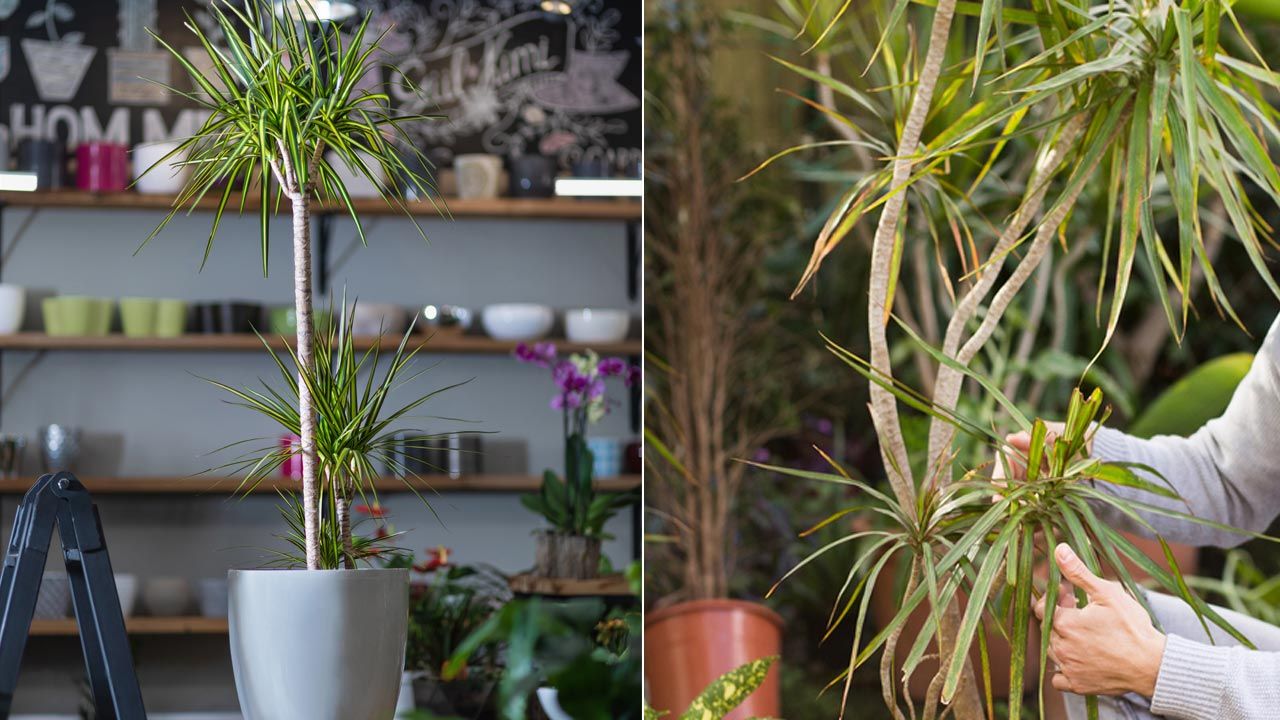
Care of Dracaena marginata
Light
Dracaena marginata withstands virtually all light conditions, growing equally well near a bright window or in the less well-lit corners of our homes.
Irrigation
The secret of this plant lies in do not overwater as it does not need a lot of water.
If the soil is always wet, the plant accumulates excessive water in its roots, which drown and end up rotting. As a result, the plant begins to lose leaves and the trunk may rot.
It is, therefore, one of those plants that should be watered when we observe that the land has dried up. .
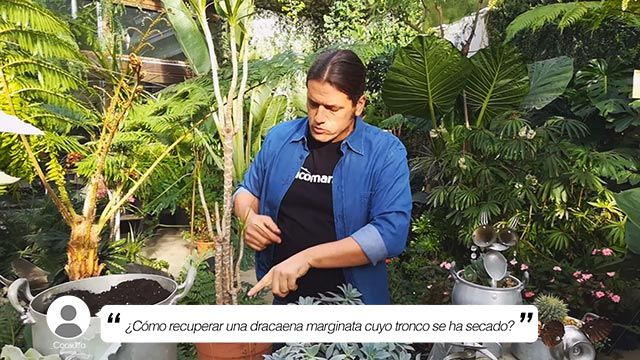 How to recover a dracaena marginata whose trunk has dried up?
How to recover a dracaena marginata whose trunk has dried up?
Only then, we will water it copiously until all the soil in the pot is well moistened. No watering until all the soil dries out again.
Temperature
Another factor to take into account for a correct maintenance is that the dracena does not withstand low temperatures Below 14 ºC the plant suffers. Its optimum development is with high temperatures, between 22 and 26 ºC.
Attention to the leaves
- Dry leaf tips: The plant should be sprayed with lukewarm water.
- Yellowing and loss of lower leaves: is normal, it is part of the growth rhythm of dracaena; older leaves yellow and fall off.
- Loss of leaves and no growth: This occurs when the plant has suffered from cold, which is considered below 14 ºC.
- Loss of leaves curling downward with yellow and brown edges and spots: This situation occurs when the plant has been subjected to excessive heat and a lack of water, which has dehydrated the plant and scorched it.
Pruning
Root pruning
When you grow a Dracaena marginata in a container, it is normal that its roots, after a few years, end up saturating the volume offered by the container. In these cases it is advisable to prune the roots.
You could also increase the size of the container but, on this occasion, we show you the step-by-step for reduce the root ball and sanitize the entire base of the dracaena marginata.
 STEP BY STEP Pruning of roots of dracaena marginata
STEP BY STEP Pruning of roots of dracaena marginata
Dead roots must be carefully removed to make room for the new ones to grow and give the plant back all its vigor.
As some damage is caused to the roots during this process, a root growth stimulator must be added. This stimulator is a very effective way to stimulate the growth of the roots. The product is very useful whenever we transplant and alter the root ball.
2. Stem pruning
The dracaena, although slow-growing, can reach up to 5 m. Therefore, it is possible that, if your variety is very well cared for, it can reach the roof of your house.
You can prune their stems to reduce their height or volume and thus obtain new plants through stem cuttings.
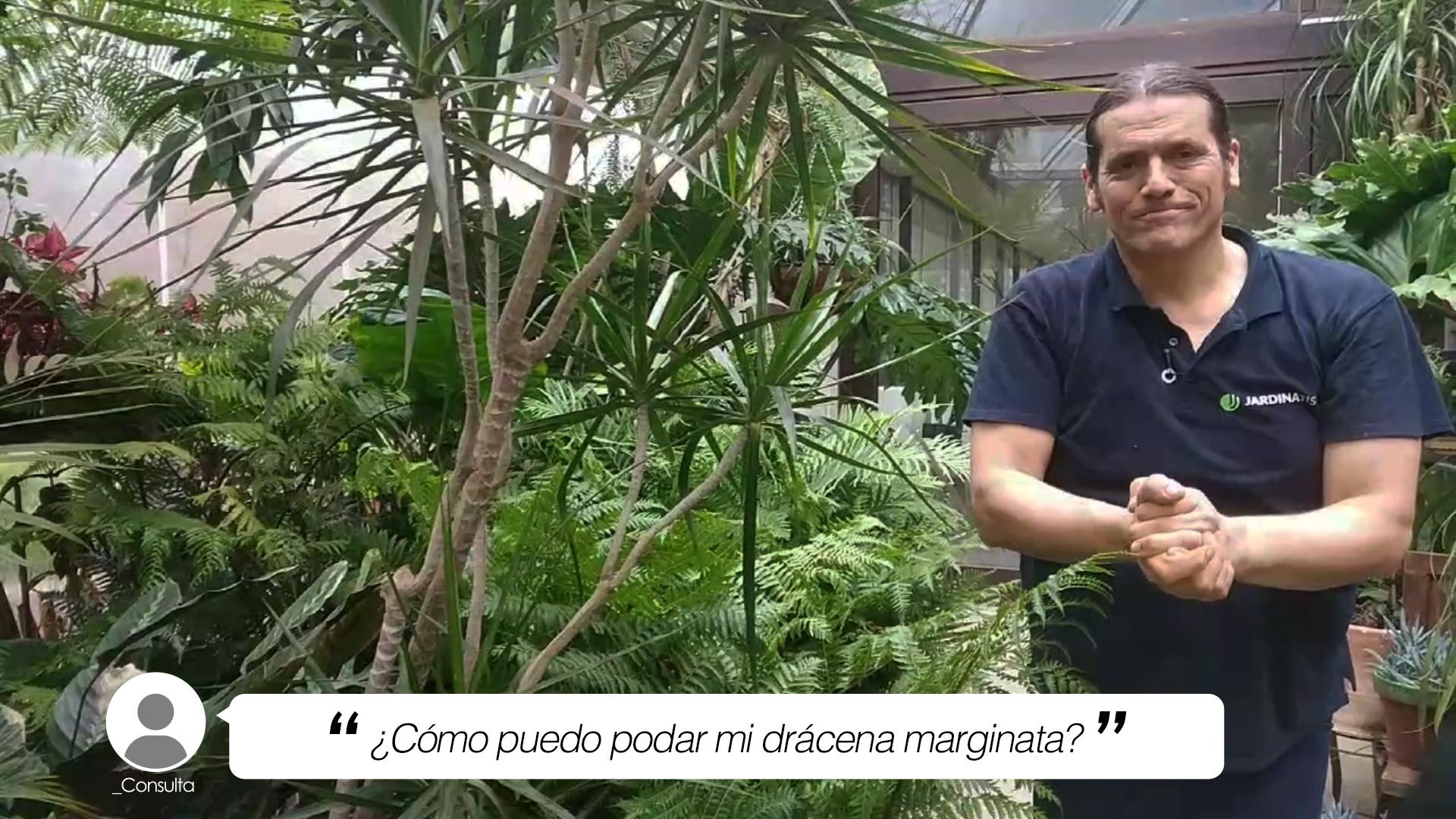 How to prune dracaena marginata?
How to prune dracaena marginata?
The process for pruning is very simple. simple incision in the stems removing the surplus Where you make the cut, buds will emerge that will be the bearers of new shoots.
Pests and diseases
Dracaena marginata is often attacked by mealybugs y red spiders that deteriorate the beauty of the plant and its health, so it is necessary to prevent their appearance.
A good method is spray regularly the foliage of the plant with lukewarm water, because these parasites thrive in dry environments.
Learn more about these two common plant pests and how to deal with them:
 Mealybug: what is it and how to combat it?
Mealybug: what is it and how to combat it?
This pest adheres to the plant, creating a white film around the leaves and stems. In the past, synthetic products were used to eliminate it, but they were dangerous. Iñigo shows you how to use them. 2 systems currently in use.
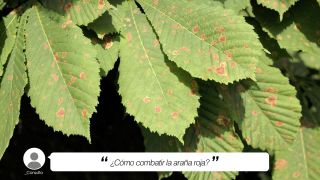 Red spider mite: what is it and how to combat it?
Red spider mite: what is it and how to combat it?
This mite causes defoliation or leaf drop as it feeds on the sap of the plant. To kill it, you can opt for natural predators such as the Amblyseius californicus We show them to you!
Another detail that may be of interest to you is that this plant is toxic to pets It contains a chemical compound called saponin which is toxic for our dogs and cats.
If you are interested in learning more about this very rustic plant, you will be delighted to discover some of the varieties of dracena marginata. We show you 5 perfect options for your home.
Reproduction of dracaena marginata
As you know, when we make a cutting from a cactus, we have to wait a while for that cutting to dry out before we put it in the ground. If we wouldn't do that, since the contents of the stem are moist, it would rot and not thrive. A film has to form to seal that wound.
In the case of the dracaena marginata, the cut is dry That is, its stem cuttings can be placed directly into the soil.
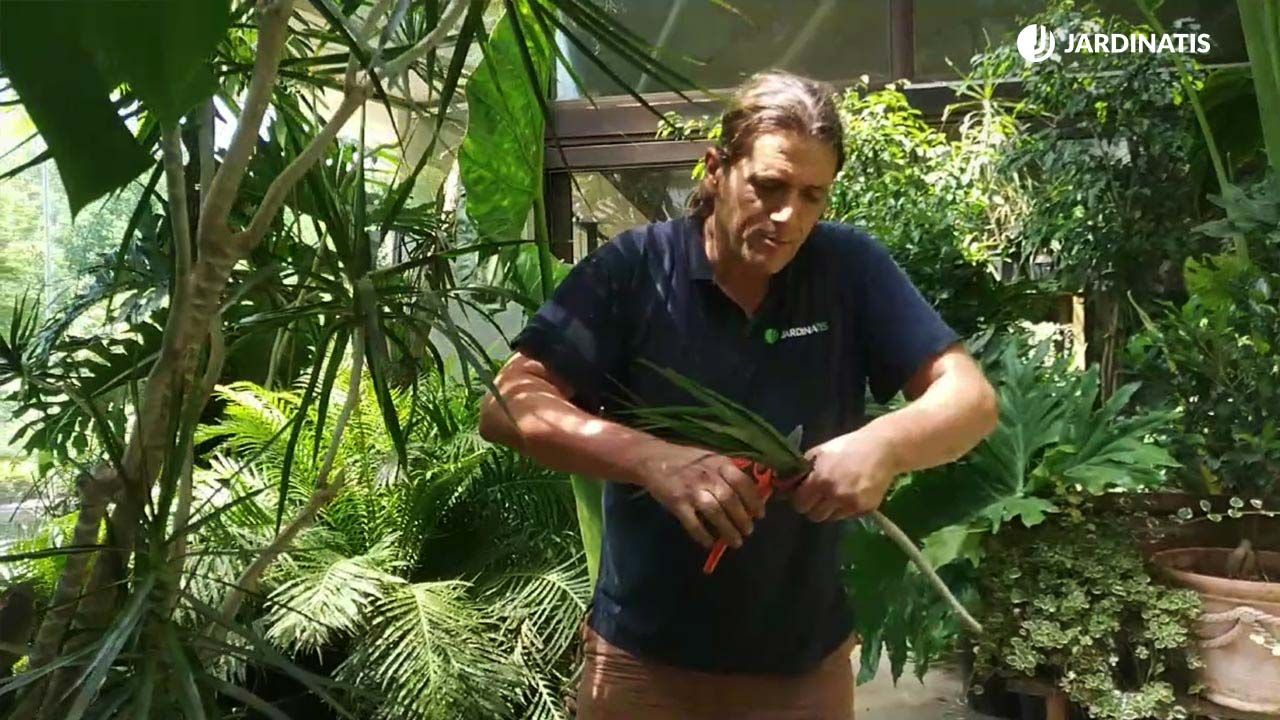 How to propagate dracaena marginata by stem cuttings?
How to propagate dracaena marginata by stem cuttings?
However, we recommend that, if it has many leaves, remove half of them and cut the height of the ones you leave also in half. With this r leaf volume education If you do not have a large amount of transpiration, you will avoid a large amount of transpiration and the rooting process will be much easier.
As soon as you notice that some leaves begin to elongate, it is a sign that the roots of the plant are thriving. Encourage you to reproduce your varieties of Dracaena marginata by stem cuttings!

